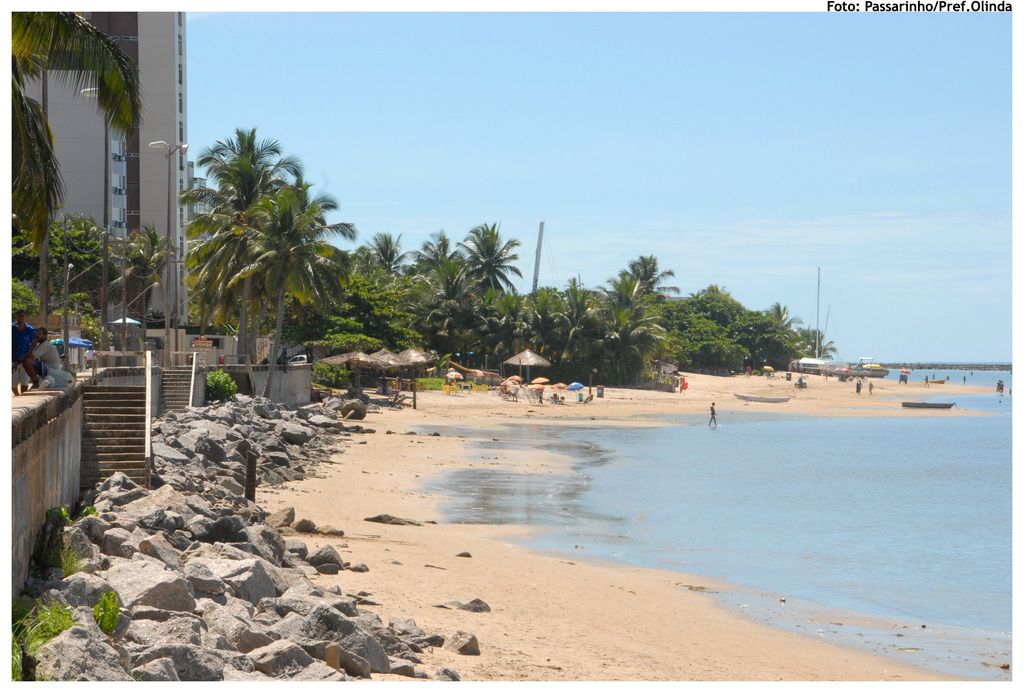Rapid and severe rosacea: Understanding causes, signs, and remedies
Spotlight on Rosacea Fulminans: A Severe Skin Condition
Rosacea Fulminans, also known as pyoderma faciale, is an unusual and intensely inflammatory skin condition that targets the central region of the face, including the chin, cheeks, and nose. Unlike common rosacea or acne, its symptoms are more aggressive and manifest suddenly.
Red, swollen, and painful nodules and pimples mark the appearance of this condition, with the lesions often merging together. These symptoms are more severe and fast-acting compared to typical rosacea or acne.
Primarily affecting women during their childbearing years, the root cause of Rosacea Fulminans remains a mystery. However, certain links have emerged, including potential connections with inflammatory bowel disease and pregnancy (as suggested in a 2020 review).
Having had some form of rosacea previously may also increase the likelihood of developing Rosacea Fulminans. Triggers may include emotional stress, hormonal changes, certain medications, and even specific dietary factors for some people. A 2021 literature review notes that certain dietary triggers, while not specific to Rosacea Fulminans, could worsen rosacea symptoms. These potential dietary triggers include spicy foods, alcohol, foods containing cinnamaldehyde (such as chocolate, tomatoes, and citrus fruits), histamine-rich foods and beverages, and hot drinks. The impact of these triggers may vary significantly from person to person.
Inflammatory papules, pustules, and nodules are the primary symptoms affecting the forehead, nose, cheeks, and chin. Additional symptoms include skin color changes, such as redness, swelling, inflammation, flushing, and burning sensations. Some eye symptoms, such as dry, itchy, or sensitive eyes, may also occur due to the condition. Systemic symptoms, such as fever or fatigue, are rare.
Treatment options for Rosacea Fulminans may involve prescription-only medications like oral isotretinoin and corticosteroids. Oral corticosteroids, antibiotics combined with corticosteroids and lifestyle changes, and even a case study citing a combination of lifestyle changes, additional medication, and antibiotics have helped manage symptoms. Identifying and avoiding triggers, reducing stress, making dietary changes, and adopting gentle skincare practices may also prove beneficial.
If you experience symptoms beyond natural rosacea or acne, such as large, tender nodules, abscesses, or significant facial discomfort, consult a dermatologist or healthcare professional immediately. Sudden onset, symptom persistence or worsening, eye irritation or inflammation, or systemic symptoms like fever warrant prompt medical attention. Early intervention can help prevent complications like scarring, infections, emotional distress, and improve overall quality of life.
Rosacea Fulminans differs from other conditions like Acne Fulminans, which is linked to systemic symptoms and medication use, such as isotretinoin. Seeking prompt medical evaluation and tailored management strategies can aid in effectively managing Rosacea Fulminans.
[1] Ser^_iacutetis, R. (2014). Rosacea fulminans. Indian Journal of Dermatology, 59(S1), S77-S82.
[2] de Froberville, C., et al. (2010). Acne fulminans: clinical and histopathological aspects in 50 cases. Journal of Drugs in Dermatology, 9(8), 925-940.
[3] Kim, H. Y., et al. (2014). Genetic determination of rosacea in hot climate–The Korean perspective. Dermatology Research and Practice, 2014, 1-6.
[4] Ngok, Y. N., et al. (2010). Rosacea. Report of the American Academy of Dermatology. Journal of the American Academy of Dermatology, 62(4), 575-598.
[5] Weiss, J. A., et al. (2012). Sun-exposure in rosacea: a comprehensive review. Clinics in Dermatology, 30(6), 601-607.
- The skin condition Rosacea Fulminans, also known as pyoderma faciale, is a severe and intensely inflammatory medical-condition that primarily affects the skin of the central face, often manifesting as red, swollen, and painful nodules and pimples.
- This condition shares some similarities with common rosacea or acne, but its symptoms are more aggressive and can arise suddenly, making it a chronic-disease of concern in the field of dermatology and health-and-wellness.
- Despite being primarily observed in women during their childbearing years, the root cause of Rosacea Fulminans remains elusive, although potential links have been suggested, such as inflammatory bowel disease and pregnancy.
- A dermatologist or healthcare professional should be consulted if one experiences symptoms beyond natural rosacea or acne, as treatment options may include prescription-only medications and lifestyle changes, aiming to prevent complications such as scarring, infections, emotional distress, and improve the overall quality of life.








